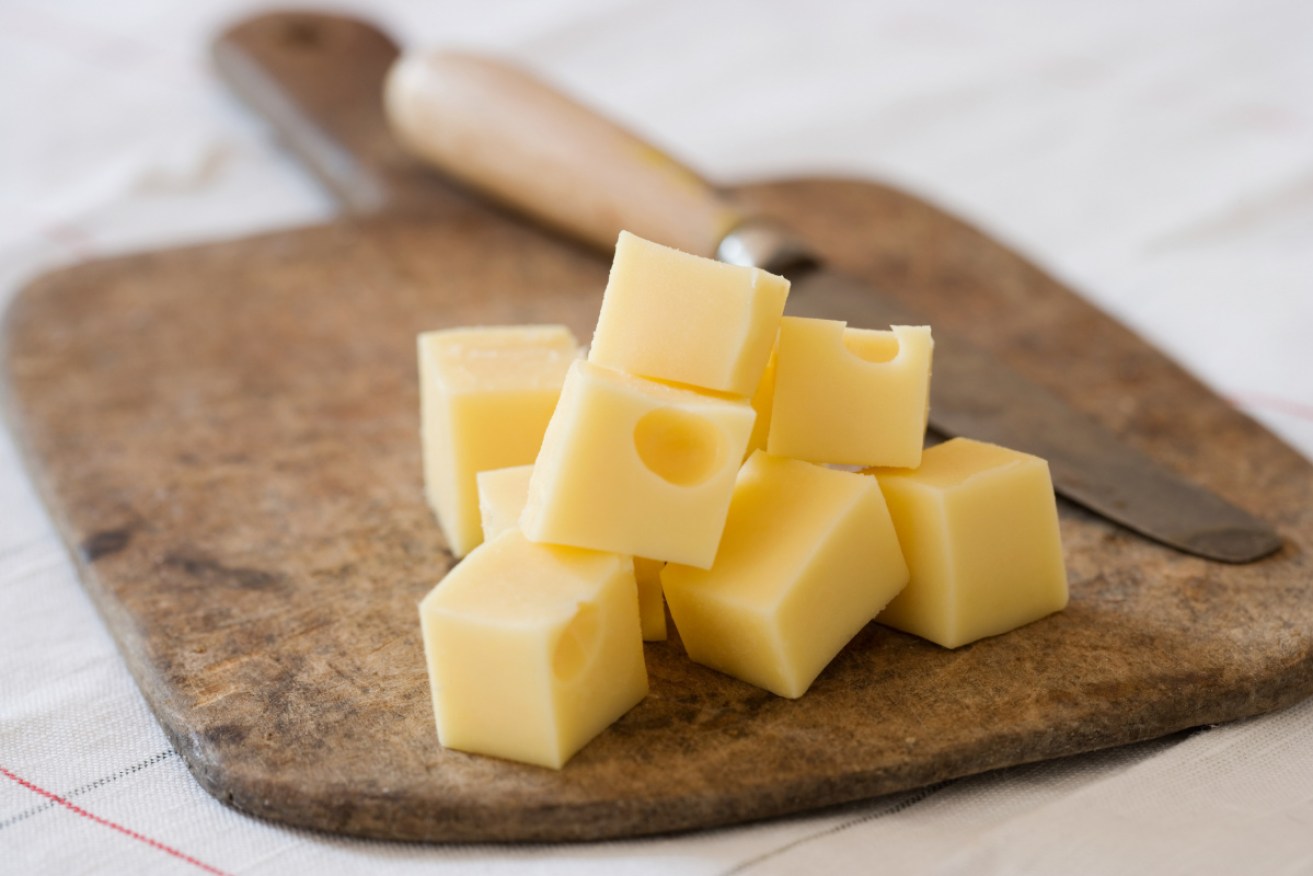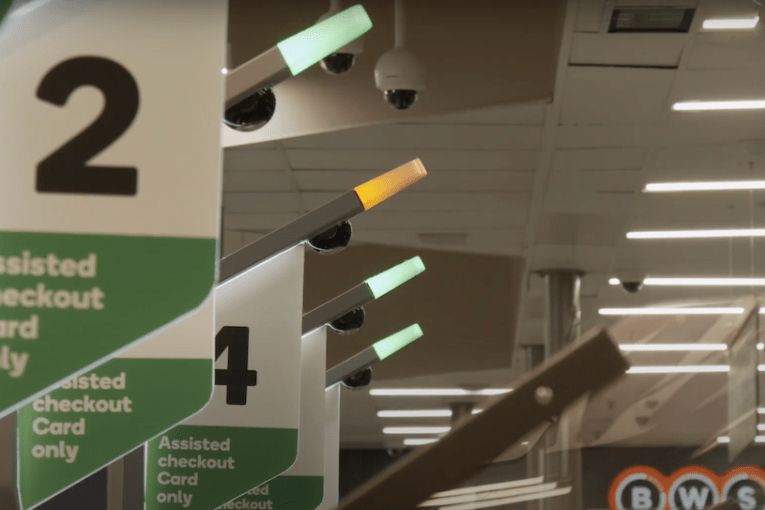Australia’s cheese industry at ‘tipping point’ as demand puts pressure on supply

Australian cheese producers are facing pressure from imported dairy products. Photo: Getty
Australia is home to some of the best dairy operations in the world, but an analyst has warned that without a drastic increase in production the country could soon become an “import nation”.
At the same time, an increasing population has driven demand for dairy products.
However, amid tight margins and competition from cheaper, imported dairy products, farmers and some processors are struggling to increase production and stay profitable.
Falling production, rising demand
WA-based dairy industry analyst Andrew Weinert said Australia’s ratio of dairy production to supply “hung in the balance”.
Australians consume about nine billion litres of milk a year, which is equal to total production.

While demand for dairy is increasing, production has been falling. Photo: ABC News
Mr Weinert said that showed the industry was in desperate need of production growth, to ensure it remained self-sufficient.
“As we get more mouths to feed, we’re going to need more dairy products, and my observation is that we’re not planning for that,” Mr Weinert said.
“We’re not utilising our land in the best way possible and if we let that occur we’ll be totally at the mercy of world prices and supply.”
Terry Richardson, president of the advocacy group Australian Dairy Farmers, shares Mr Weinert’s concerns for the future of the domestic industry, and reliance on imported dairy.
“We are not far off from being a net importer of milk fat,” Mr Richardson said.
Farmers consider future
Mr Richardson said no one in the industry could have foreseen the events that contributed to falling production, such as the sudden loss of contracts in 2016, the demise of the once-mighty dairy co-operative, Murray Goulburn, and a prolonged drought in New South Wales and Queensland.
“The other key part of the equation is confidence, and we’re just at a low ebb at the moment, and farmers are wondering: ‘What does the future hold for me?'”
For Western Australia’s biggest single dairy farmer, Ross Woodhouse, it has meant selling his farms.

WA’s biggest dairy farmer Ross Woodhouse has decided to leave the industry. Photo: ABC News
“The past 12 months have been extremely testing, on a personal basis and on a business basis, and you just wonder how many more rabbits you have to pull out of the hat to get through,” he said.
Mr Richardson said reducing on-farm costs such as water and feed, were important steps toward getting the dairy production back on track.
The shrinking Australian dairy industry is often attributed to deregulation and tight margins, but Mr Weinert said he believed it also came down to processor competition policies.
He said there were lessons to be learned from neighbouring country New Zealand, where they have more than doubled their production since 2000.
“We don’t have companies that are world-competitive in processing. The dairy farmers are actually quite efficient, but the processors are being held back,” Mr Weinert said.
“We need to have a review of the industry based on the policies that exist within Australia and ask, ‘Why is our industry not growing?’ and ‘Why are we importing so much more?'”
Challenges of ‘cheap’ Euro cheese

Cheesemaker Chris Vogel says domestic creameries are struggling. Photo: ABC Rural
Imported dairy products have already proven to add price pressure to local producers. Cheese accounts for a big slice of the average Australian’s yearly milk consumption.
Some boutique, domestic cheesemakers, like Chris Vogel who runs Dellendale Creamery near the town of Denmark, in WA’s Great Southern, say they are struggling to expand while cheaper, European cheeses dominate the supermarket shelves.
“Price is a key factor in there for consumers,” Mr Vogel said.
“It makes it very difficult for a consumer to go into a shop and say, ‘Here’s the Australian cheese. It’s selling for $10 for 200 grams and here’s the French product that’s selling for $7 for 200 grams’.”
“We need to have a bit of reform into how much these products are landing for to save our own industry a little bit.”
While the industry’s future is uncertain, Mr Richardson maintains there is still opportunity for Australian dairy to be marketed to premium export markets.
“There is a good future for the dairy industry, but all of these factors have combined to present a challenge right now, which is going to be difficult to recover from in the next year or so,” he said.
The federal government is drafting regulations for a mandatory dairy code of conduct, which aims to increase fairness and transparency between dairy farmers and processors.
-ABC








